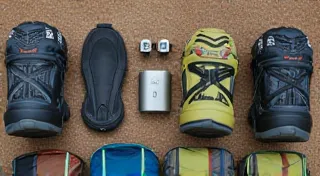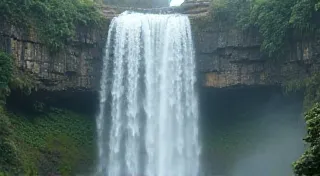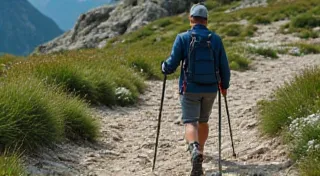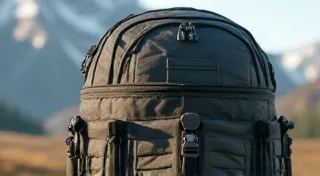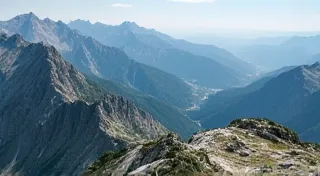Hidden Gems of the Pacific Northwest: 5 Underrated Hiking Trails
Beyond the well-known trails of Washington and Oregon lie a wealth of incredible hiking experiences. This article highlights 5 often-overlooked trails in the Pacific Northwest, showcasing stunning scenery, diverse ecosystems, and opportunities for solitude. Each trail features detailed descriptions, difficulty ratings, trail maps, and information on permits and accessibility. Perfect for experienced hikers seeking a new adventure, and equally enjoyable for those looking to explore at a more leisurely pace.
The Pacific Northwest is a hiker's paradise, boasting everything from lush rainforests to rugged coastlines and towering volcanoes. While trails like the Skyline Trail in Mount Rainier National Park and the Oregon Coast Trail are popular for good reason, venturing off the beaten path can unveil truly special experiences. These less-traveled routes often provide a deeper connection with nature and a welcome escape from the crowds. Before you head out, it's always a good idea to brush up on your navigation skills; understanding how to use maps, compasses, and GPS can enhance any hiking adventure. Check out our guide to Navigating the Trail: Using Maps, Compasses & GPS to ensure you’ve got the fundamentals down.
1. The Enchantment Lakes Perimeter Loop (Washington)
Difficulty: Strenuous
Distance: ~18 miles
Permit Required: Yes (lottery system - highly competitive)
The Enchantments, located in the Alpine Lakes Wilderness, are legendary for their pristine beauty. This loop trail encircles the core Enchantments zone, showcasing a breathtaking array of alpine lakes, granite peaks, and wildflowers. Securing a permit is challenging, but the reward is unparalleled. Prepare for significant elevation gain and rocky terrain. The scenery is dramatically different from lower elevation hikes. Early season (June/July) provides the best wildflower displays, while late summer offers warmer weather. Proper footwear is essential; the rocky terrain and significant elevation changes demand sturdy boots. Thinking about upgrading your hiking boots? Be sure to check out our comparison of Best Hiking Boots for Women: A Detailed Comparison of Top Brands & Models (2024) to find the perfect fit for your next adventure!
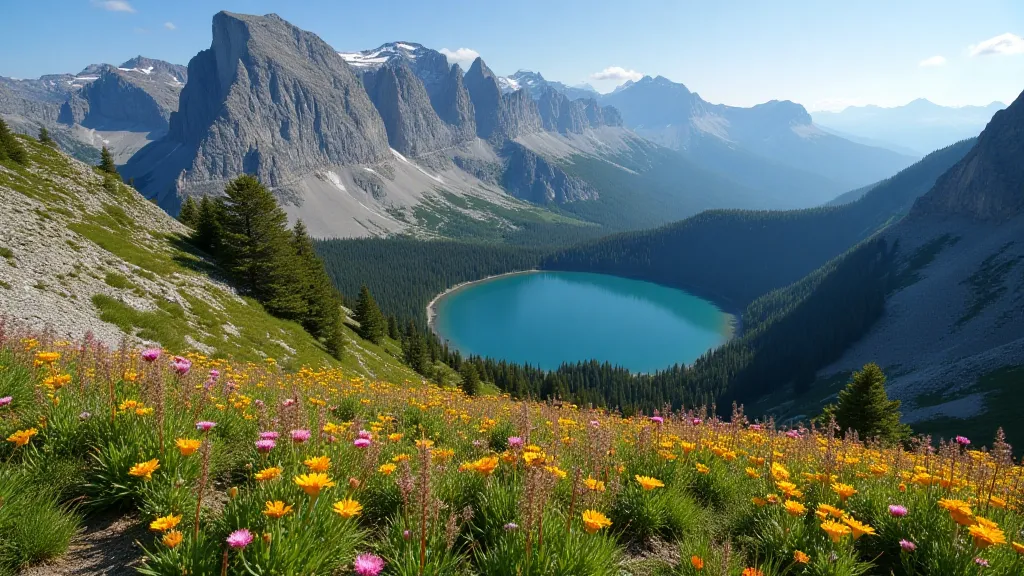
Hiking Tips: Start early to avoid crowds (if you're lucky enough to get a permit!), carry plenty of water, and be prepared for rapidly changing weather conditions. Check the weather forecast and trail conditions before you go. Remember to pack layers, as alpine weather can be unpredictable.
2. Strawberry Mountain Wilderness Trails (Oregon)
Difficulty: Moderate to Strenuous
Distance: Varies (many loop and point-to-point options)
Permit Required: No
Located in eastern Oregon, the Strawberry Mountain Wilderness offers a different perspective on the Pacific Northwest. Here, you’ll find vast grasslands, open forests, and rocky peaks. The trails are less crowded than those in the Cascades, and the solitude is a major draw. Several trails crisscross the wilderness, allowing for flexible itineraries. Consider the gear you'll need for a backcountry experience. While day hiking is certainly an option, backpacking allows for deeper exploration of the area. Understanding how your gear has carried you through past adventures can be powerful. It’s more than just equipment; it’s a tangible connection to the memories created on the trail – a phenomenon we call "Gear as Ghost.”
Backpacking Considerations: Plenty of dispersed camping opportunities. Be sure to practice Leave No Trace principles. This includes packing out everything you pack in, minimizing campfire impacts, respecting wildlife, and staying on designated trails.
3. Copper River Canyon Trail (Washington)
Difficulty: Moderate
Distance: ~8 miles (out and back)
Permit Required: No
This hike follows the rim of a dramatic canyon carved by the Copper River. The views are incredible, and the trail offers a unique perspective on the region's geology. It's a great option for those seeking something different from the classic mountain trails. The unique perspective offered by the canyon provides stunning photographic opportunities. Think about the challenges of capturing such a vast landscape. Understanding how your gear has carried you through past adventures can be powerful.
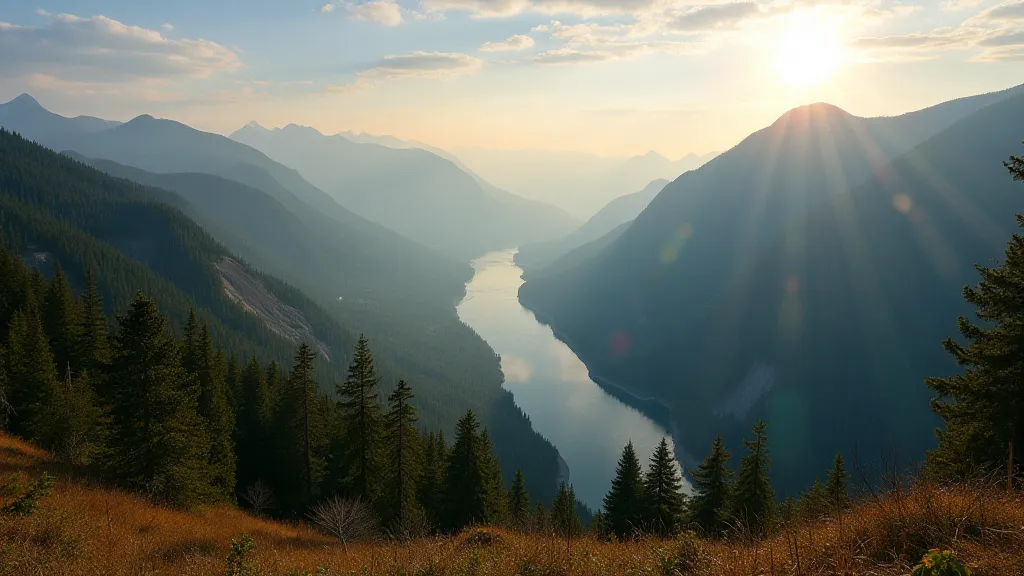
Nature Photography Opportunity: The canyon walls and the river below provide excellent photographic subjects. Experiment with different lenses and lighting conditions to capture the beauty of the canyon. A wide-angle lens can capture the scale of the canyon walls, while a telephoto lens can isolate details in the river below.
4. Hinkle Creek Falls Trail (Oregon)
Difficulty: Easy
Distance: ~2.6 miles (loop)
Permit Required: No
This easy loop trail leads to a series of cascading waterfalls in the Umpqua National Forest. It's a perfect option for families or those seeking a relaxing hike in a beautiful setting. The trail follows a creek, providing a constant soundtrack of rushing water. Even on easy trails, it’s crucial to be prepared. Always check the weather forecast and trail conditions before you go.
5. Mount Abraham Trail (Washington)
Difficulty: Strenuous
Distance: ~10.4 miles (out and back)
Permit Required: No
Located near Mount St. Helens, the Mount Abraham Trail offers incredible views of the volcano and the surrounding landscape. While the terrain is challenging, the panoramic views are well worth the effort. This area is a testament to the power of nature and the resilience of life after volcanic activity. The trail is often snow-covered well into the summer months. Appropriate gear is essential for this hike, particularly sturdy footwear. Remember, a well-maintained pair of boots can make a significant difference in your comfort and safety. Considering an upgrade? Be sure to review our Best Hiking Boots for Women: A Detailed Comparison of Top Brands & Models (2024).
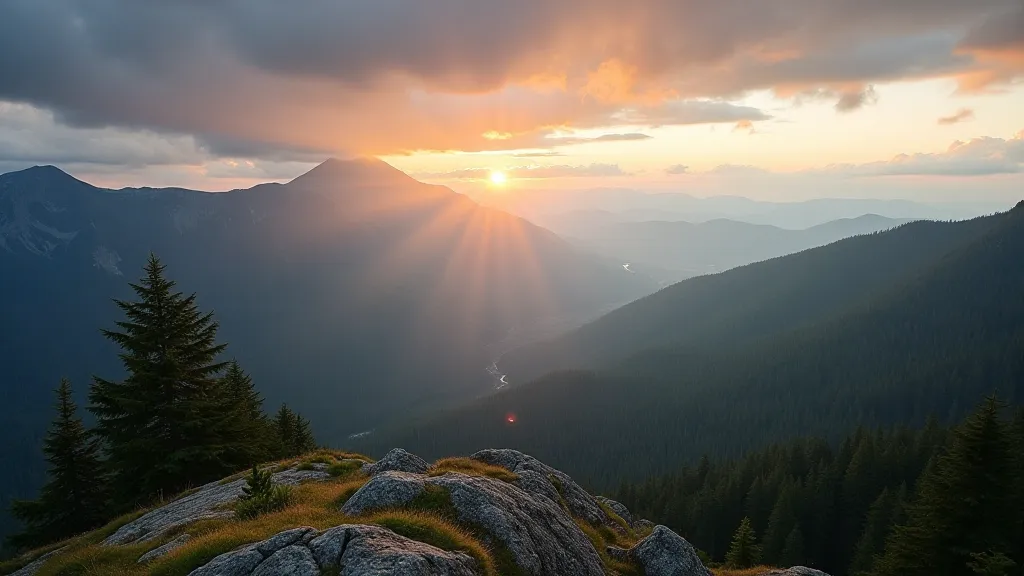
Gear Reviews: Make sure you have appropriate footwear for potentially steep and rocky terrain. Hiking poles are highly recommended. They provide extra stability on uneven ground and reduce strain on your knees. Pack layers to adapt to changing weather conditions, and don't forget sunscreen and insect repellent.
Disclaimer: Trail conditions can change rapidly. Always check current conditions and regulations before heading out. Leave No Trace principles are essential for preserving these incredible landscapes. Remember to respect wildlife, stay on designated trails, and pack out everything you pack in. Proper planning and preparation are key to a safe and enjoyable hiking experience. Before embarking on any wilderness adventure, familiarize yourself with local regulations and potential hazards. And always let someone know where you’re going and when you expect to return.
